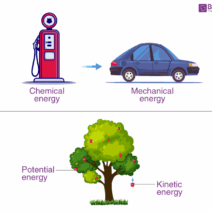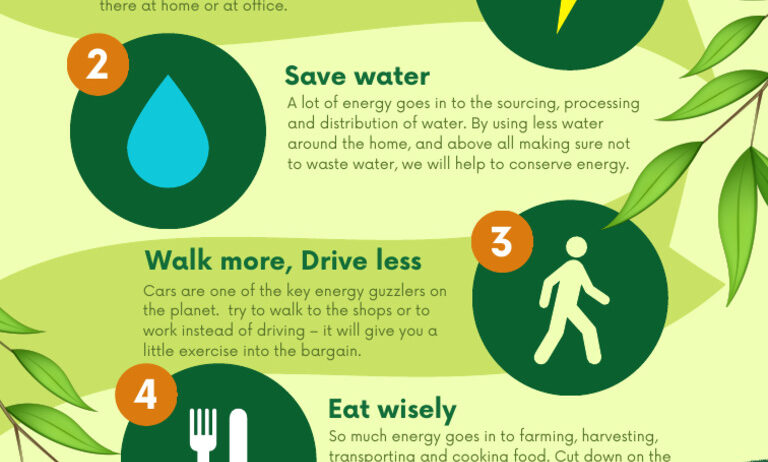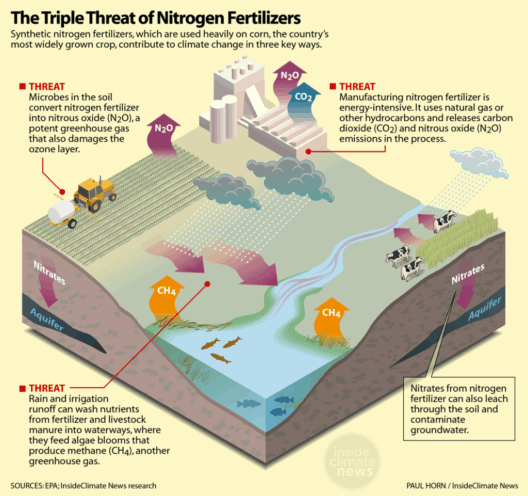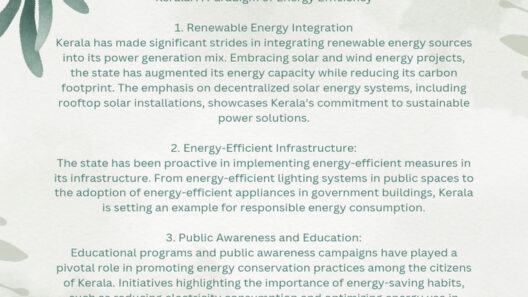Nuclear energy stands as one of the most potent sources of power available today, yet it necessitates a profound reevaluation to maximize its utility while ensuring safety and efficiency. As global demand for energy escalates, the allure of nuclear energy becomes more pronounced. However, it is not without its challenges. The following guide encapsulates an array of strategies aimed at conserving nuclear energy, emphasizing safety and operational efficiency.
One must first appreciate the intricate structure of a nuclear power plant. These facilities operate primarily through a process called fission, where atoms are split to release vast amounts of energy. Despite the efficiency of this energy source, it is paramount to adopt measures that mitigate risks while enhancing output. The inherent complexity of nuclear reactors demands meticulous attention to operational protocols and maintenance.
To begin with, one of the most effective methods for conserving nuclear energy lies in the implementation of advanced cooling systems. Traditional cooling methods, often relying on vast bodies of water, can be inefficient and environmentally taxing. By employing dry cooling technologies or hybrid systems that utilize both air and water cooling, plants can significantly reduce the thermal discharges that contribute to environmental degradation. Furthermore, such innovations help in adhering to regulatory standards, ensuring that nuclear energy remains a sustainable alternative.
Another critical component is the optimization of reactor design. Next-generation reactors, such as small modular reactors (SMRs), promise enhanced safety and efficiency. These compact systems can be deployed in various geographical locations, mitigating the risks associated with large-scale facilities. Their inherent safety features, like passive cooling systems that function even in emergencies, facilitate a shift in operational paradigms. Engineers and policymakers alike must prioritize research into such technologies to reimagine energy conservation methodologies.
Moreover, the advancement of fuel technology plays a pivotal role. Utilizing high-density fuels, such as mixed oxide (MOX) fuel, can lead to longer intervals between refueling while maximizing energy output. Transitioning from conventional low-enriched uranium to more efficient fuels can reduce waste and enhance the longevity of nuclear resources. Additionally, the recycling of spent nuclear fuel emerges as an invaluable strategy. By reprocessing used fuel, not only is waste minimized, but valuable isotopes can be extracted for further use.
Enhancing operational protocols within existing plants is another avenue that warrants attention. Training personnel in meticulous safety protocols is non-negotiable; human error remains a leading contributor to safety incidents. Continuous education and simulation training workshops keep staff sharp, ensuring adherence to best practices. Furthermore, the integration of automation technologies can minimize human intervention in routine operations, thereby reducing the potential for mistakes.
Equally important is the role of data analytics in optimizing performance. Real-time monitoring systems can provide invaluable insights into the operational dynamics of a nuclear plant. Utilizing predictive analytics can identify patterns and potential failures before they materialize, thereby maintaining operational integrity. This data-driven approach fosters a culture of proactive rather than reactive management – a crucial shift in perspective for the industry.
Safety culture extends beyond immediate staff. Stakeholder engagement is paramount. Communities surrounding nuclear plants should be provided with transparent information regarding safety protocols, emergency preparedness, and environmental impact. Open dialogue between plant operators and the public can alleviate concerns and build a shared commitment to safety and efficiency. Regular community outreach programs can educate the public about the benefits of nuclear energy while ensuring they feel involved in local decision-making processes.
Turning our gaze towards regulatory frameworks, it is vital that policies governing nuclear energy operations encourage innovation and safety enhancements. Governments can foster a competitive landscape that prioritizes research into innovative technologies while ensuring regulatory compliance. Streamlined processes not only invigorate the sector but also drive advancements in safety protocols and operational efficiencies.
Beyond the technical facets, it is essential to consider environmental stewardship as integral to the conservation of nuclear energy. The establishment of ecological monitoring systems ensures that plants are not adversely affecting their surroundings. Sustainable water usage practices, impactful waste management protocols, and ecosystem preservation initiatives are fundamental. By visibly committing to environmental health, the nuclear industry positions itself as a responsible energy provider in the broader renewable energy narrative.
Furthermore, collaboration between international regulatory bodies can facilitate knowledge sharing and best practices. The complexities of nuclear safety necessitate a global perspective. By harmonizing standards and learning from collective experiences, countries can bolster their safety measures while ensuring optimal energy conservation practices.
In conclusion, the path toward conserving nuclear energy while ensuring safety and efficiency is laden with potential. From cutting-edge reactor designs to robust operational protocols and community engagement, a multifaceted approach is imperative. As technology continues to evolve, so too must the strategies we employ. A significant paradigm shift in perspective can lead to a robust, responsible energy future. The road ahead is illuminated with opportunities for greater innovation, deeper collaboration, and a commitment to sustainable energy practices that honor both the environment and humanity’s energy needs.








